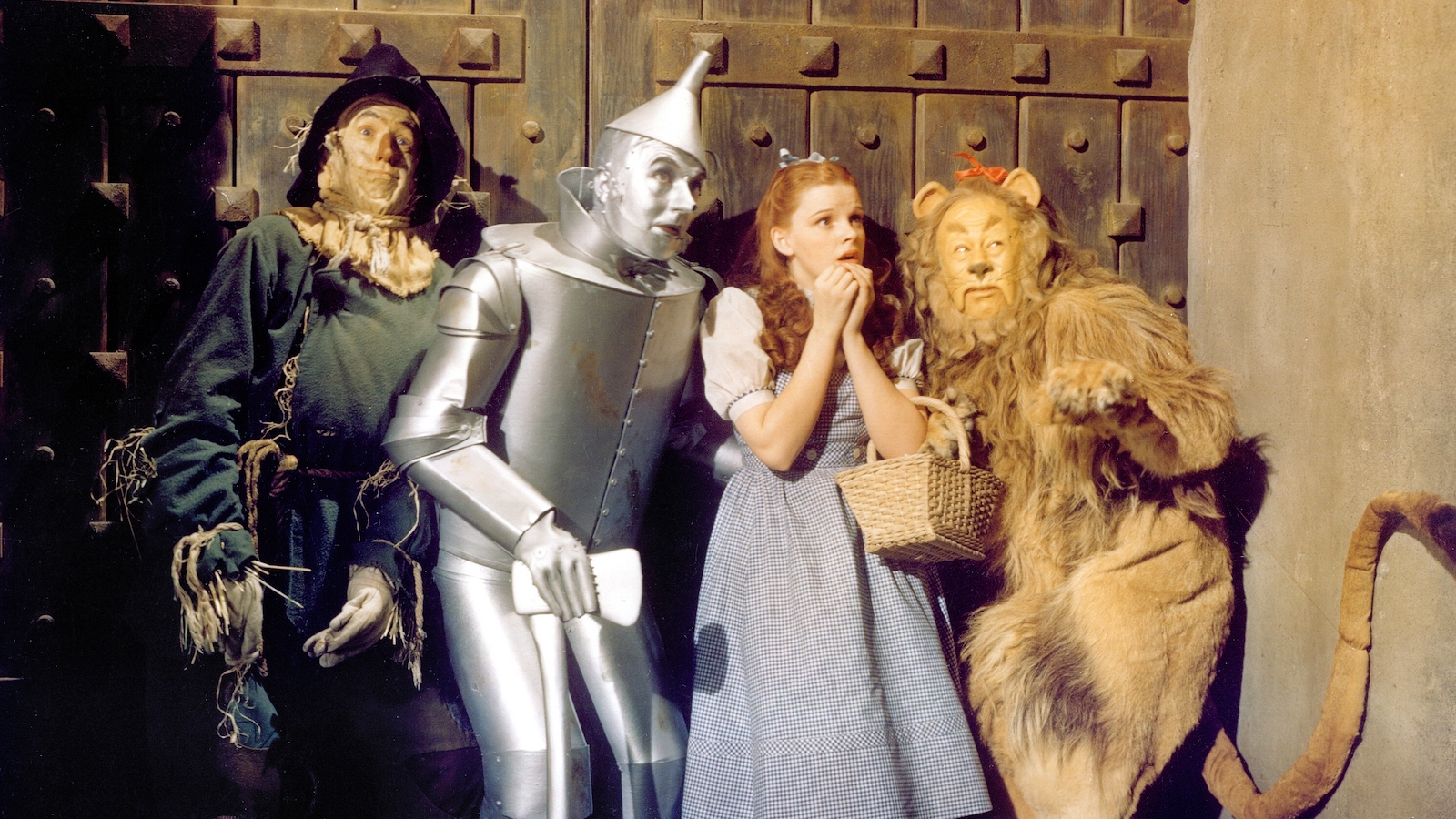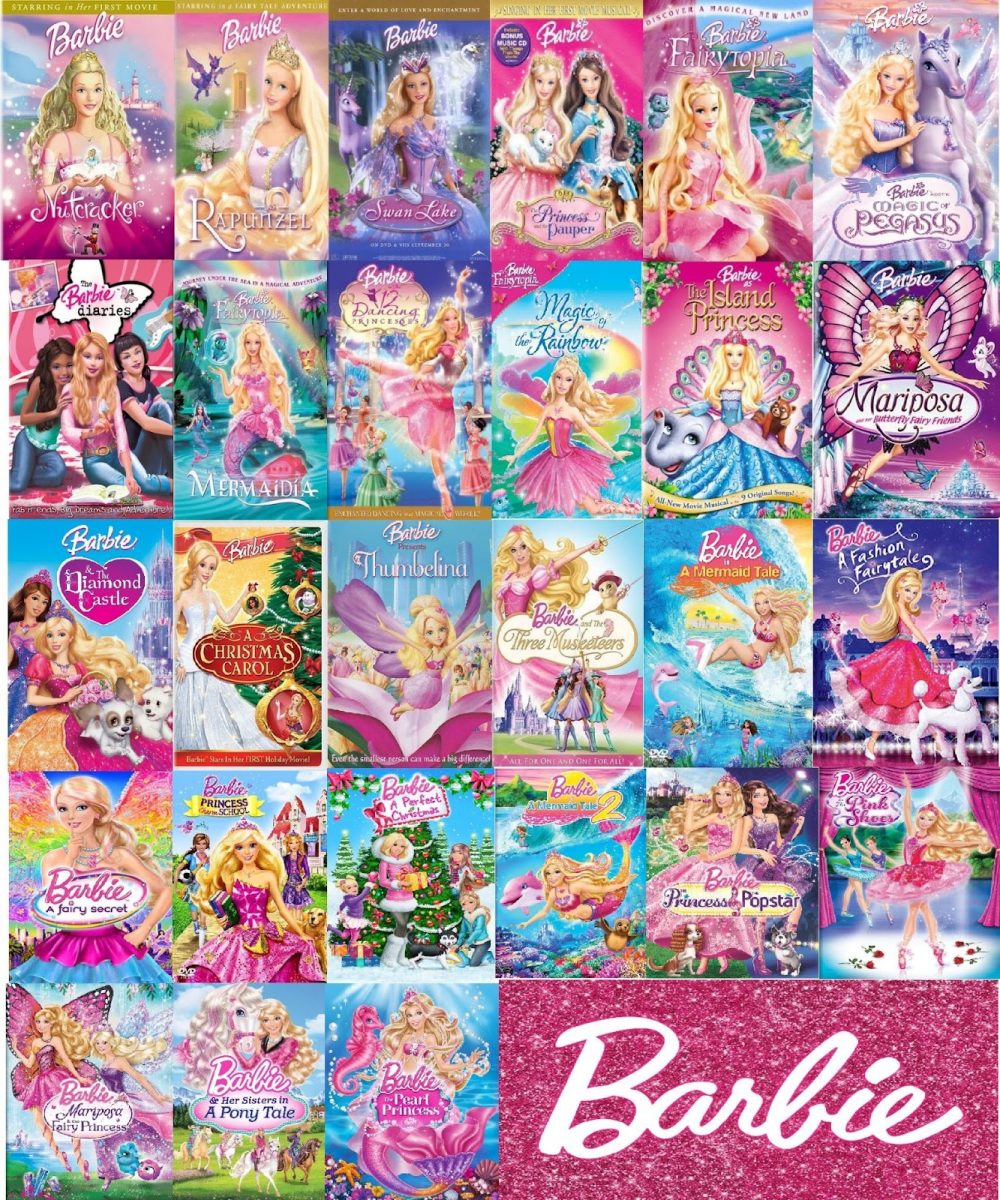About the Wizard of Oz
Released to the public in 1939 and filmed in Culver City, California, in 1938, The Wizard of Oz, an adaptation of Frank Baum’s book, is one of the most iconic movies in film history, with its use of Technicolor creating a beautiful and mesmerizing viewing experience for audiences. Although it’s a visually stunning film with bright colors, fun characters, and whimsical set design, the production itself was quite the opposite. This article will discuss the film’s production, the trauma the actors endured, and a popular rumor about the movie.
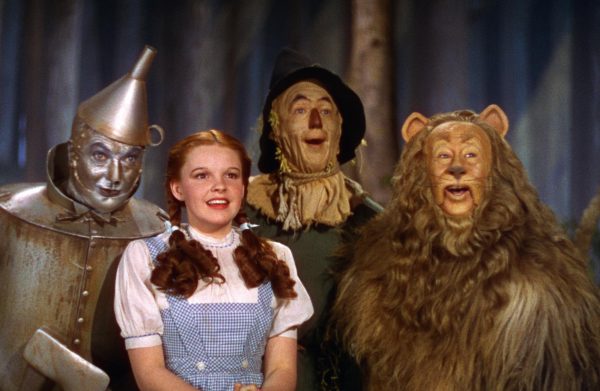
The Scarecrow
The Scarecrow’s situation wasn’t as severe as that of other cast members, but it did affect him negatively. The latex Scarecrow mask left Ray Bolger, the actor who played the character, with burlap scars near his mouth and chin. Bolger was also forced to drink his food through a straw—not only because the makeup took a long time to apply but also due to concerns about damaging the mask. Additionally, the mask’s material prevented him from sweating, making him feel as if he were suffocating.

The Tin Man

Ray Bolger dodged a major bullet, but two other actors weren’t so lucky. Since The Wizard of Oz was filmed in the 1930s, technology for filming wasn’t as advanced as it is now. This included costume and set design, which naturally caused multiple issues, especially for both actors who played the Tin Man. Originally, Buddy Ebsen was cast as the Scarecrow, but after Ray Bolger expressed his desire for that role, Ebsen was reassigned to play the Tin Man.
The Tin Man’s face paint was made from pure aluminum dust, which led to serious health issues for Ebsen. He suffered from extremely painful body cramps, blue skin, and difficulty breathing as the dust coated his lungs. Ten days into filming, Ebsen was rushed to the hospital and had to abandon the role. Jack Haley was then cast as the Tin Man, and the costume designers switched to an aluminum paste for the makeup, but this change resulted in Haley developing a painful eye infection.
The Cowardly Lion
The Cowardly Lion’s costume was made from real lion fur instead of the synthetic fur we use today, making it extremely uncomfortable for actor Bert Lahr. The costume was incredibly heavy, weighing almost 100 pounds. Due to the large number of studio lights required for Technicolor, the studio temperatures were extremely high, causing the actors to faint and sweat, adding to the sensation of suffocation. On top of that, Lahr was not allowed to eat or drink anything while filming because the costume designers feared it would ruin the costume, so he was again limited to drinking his food through a straw.
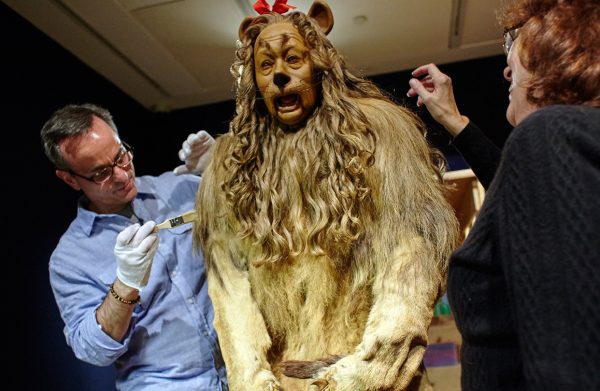
The Wicked Witch

When Margaret Hamilton was cast as the Wicked Witch, she wasn’t used to playing such an evil character, but she perfected the role and made the Wicked Witch one of the most iconic villains in media. Playing the character, however, wasn’t easy. Hamilton was accustomed to playing wholesome, innocent roles, so she was shocked when she was chosen to portray the Wicked Witch, but she accepted the role. It took a while for Hamilton to perfect the character, even causing her to faint from exhaustion on set due to overworking herself. The green paint used to color her skin was also very toxic, staining her green for months. After filming, Hamilton had to eat her food in small pieces out of concern for ingesting the toxic paint.
One fateful day while filming, Hamilton stepped off the stage earlier than planned during a stunt, resulting in severe burns. The costume designers had to use antiseptics to remove the paint from her newly burned skin. Hamilton told the studio that she no longer wanted to work with fire. The last fire-related incident involved Hamilton’s stunt double, Betty Danko. During the “Surrender Dorothy!” broomstick scene, a pipe attached to the Witch’s broomstick exploded, causing permanent damage to Danko’s leg.
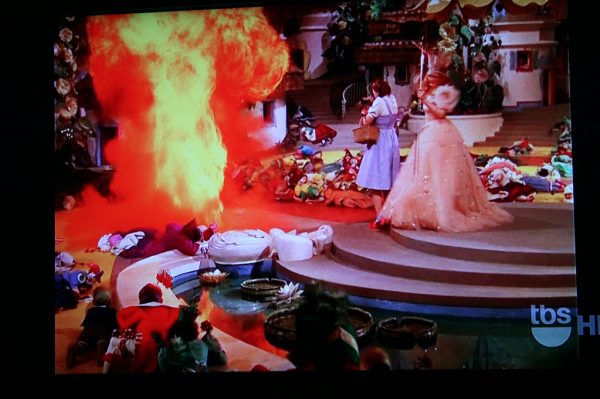
Dorothy Gale

Judy Garland is one of the most famous and talented people in Hollywood, and although she didn’t suffer permanent physical injuries while filming The Wizard of Oz, Garland developed mental health issues during filming that eventually led to her drug addiction and tragic death. During filming, Garland was put on a diet consisting of chicken soup, black coffee, cigarettes, and pills to reduce her appetite, keep her weight down, and keep her energized on set. Additionally, because she was supposed to appear to be a twelve-year-old-girl in the film, sixteen-year-old Garland was also forced to bind her chest during filming. Even worse, Garland experienced harassment on set that made her uncomfortable. The actors who played the Munchkins allegedly put their hands under Garland’s dress, making her feel uncomfortable on set. She was also called names by producers, which made her uncomfortable and had a lasting effect on her self-esteem. Despite the difficulties she faced on set, Judy’s performance in The Wizard of Oz was iconic, beautiful, and should be celebrated.
The Munchkin Theory
The “Munchkin Theory” is a hoax, claiming that The Wizard of Oz film contains footage of an on-set suicide, known as “The Hanging Munchkin.” This theory has been debunked. The “Hanging Munchkin” was actually a crane brought in from the Los Angeles Zoo to make the set look more realistic.

Conclusion
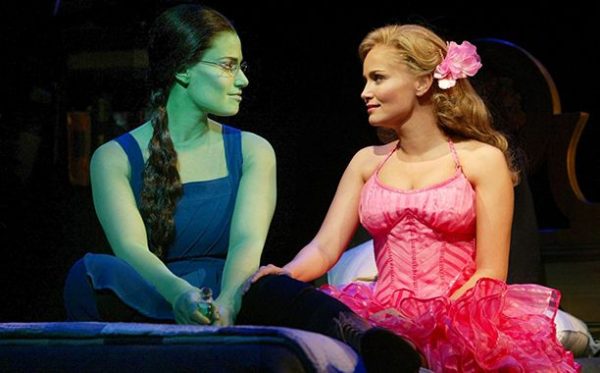
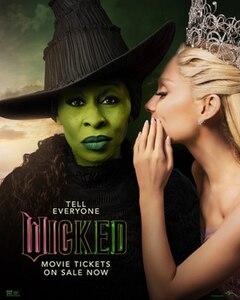
The Wizard of Oz is an iconic film that has inspired many artists and writers to create their own takes on the story and expand upon it. One of the most popular examples of this is Wicked. Wicked is a book series turned musical that is now being adapted into a movie. The Wicked movie is expected to be one of the biggest releases of the year, starring Ariana Grande and Cynthia Erivo. The musical showcases the origin story of the Wicked Witch and Glinda the Good Witch. If you’re planning on watching the movie or are a fan of The Wizard of Oz, the Wicked book is a must-read, and the musical is a must-watch before seeing the film. Surely, the production of the Wicked movie won’t face the complications that The Wizard of Oz did.
Works Cited:
- Victor Fleming August 25, 1939 Wizard of Oz Metro-Goldwyn-Mayer studios
- Miller Julie August 23 2019 The Wizard of Oz five Appalling on-set stories https://www.vanityfair.com/hollywood/2019/08/wizard-of-oz-appalling-stories
- Turner E. Turner April 23 2023 Behind the Curtin: The Wizard of Oz https://theasc.com/articles/behind-the-curtain-wizard-of-oz


